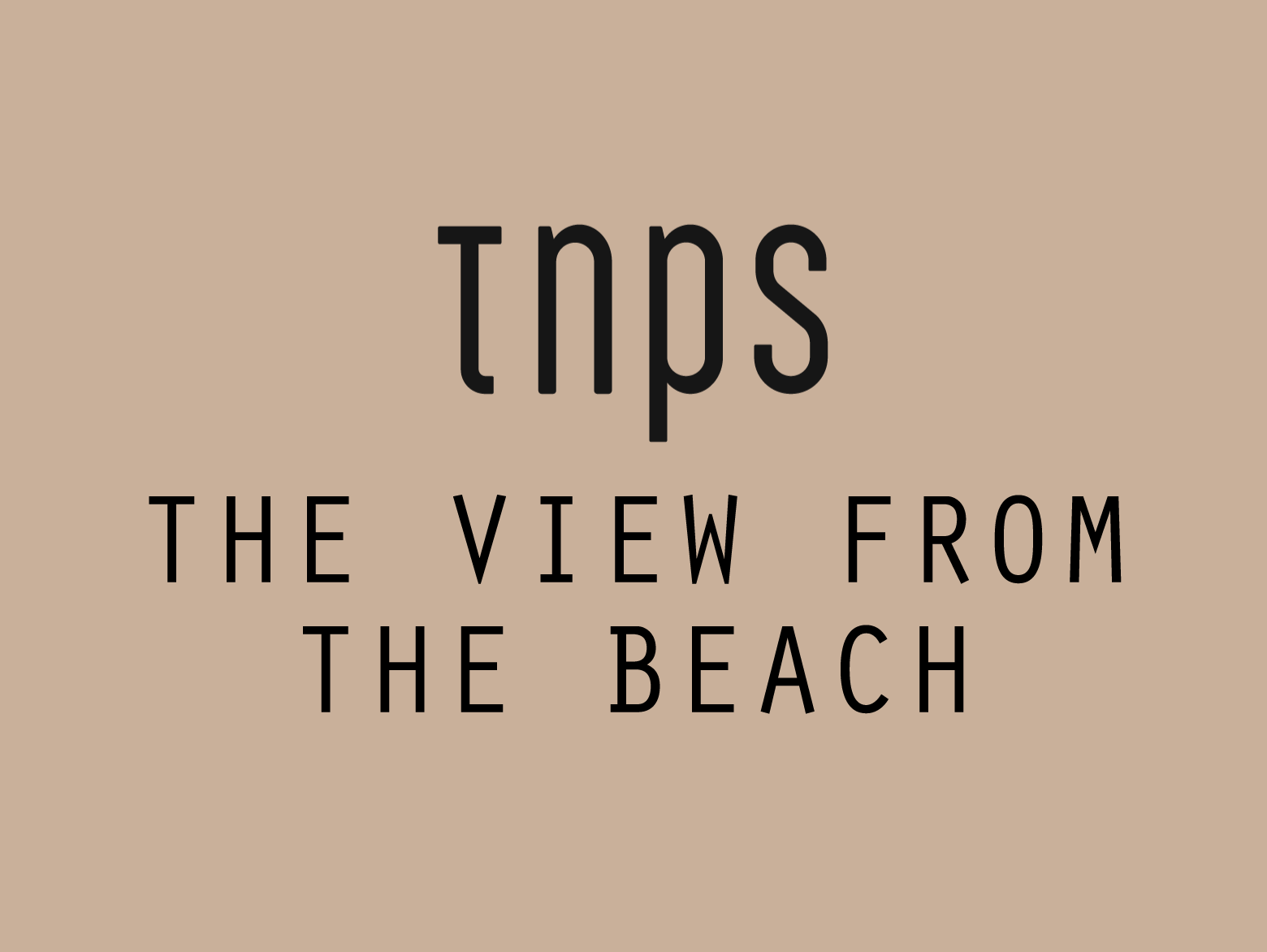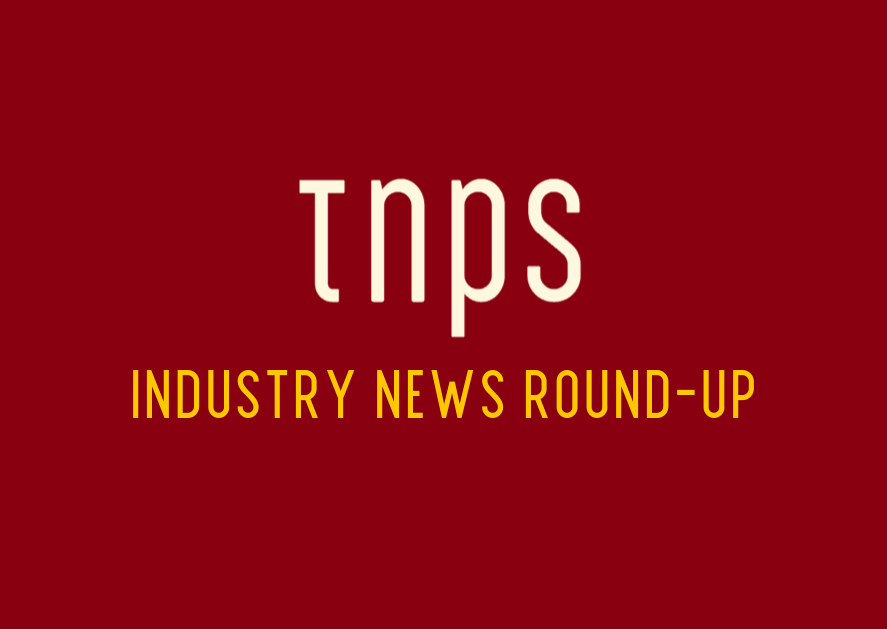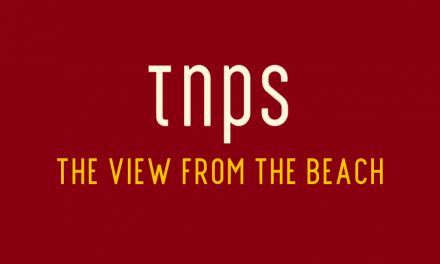The Hot Sheet is a publishing industry news-sheet for authors, produced every two weeks by Porter Anderson and Jane Friedman, and reviewed here every other Sunday (when possible) as one of the best bi-weekly industry overviews available to authors.
We’re not interested in delivering breaking news, but perspective on stories that are likely to retain meaning for your long-term decision making. We provide distance and nuance on complex issues that affect all authors, whether traditionally published or self-published.

The Hot Sheet opens this week (November 14 issue) with an attention grabbing question:
Since 2013, fiction sales have dropped 16 percent for traditional publishers. But why?
We’ll all have our own favourite theories on that one, of course, and for many of us it will depend on which side of the publishing divide we sit, and where we source our industry news from.
As Anderson and Friedman observe,
Self-publishing authors are quick to claim that those sales have migrated over to them. That may be true in part, but we should also take into account the growing strength of the Amazon subscription ecosystem, not to mention Amazon Publishing’s 1,100 new titles per year.
And that’s before we think about distractions from outside the publishing sphere.
The Hot Sheet duo divide this discussion into two parts.
Part 1: Amazon
Low-priced ebooks and subscription options may be eroding traditional publishing fiction sales
As we’ve often reported in Hot Sheet, fiction sales for traditional publishers have been declining in recent years … Explanations ranged from too-high ebook prices to audience segmentation—with an executive at Knopf dismissing the concern entirely, saying “Blockbusters are imperfect bellwethers.”
Referencing a Publishers Weekly analysis of the problem, the Hot Sheet summarises other theories:
- The difficulty in generating exposure for novels and new authors rises as the number of physical stores declines—plus review space for books is shrinking.
- The abundance of low-priced fiction at Amazon makes it more difficult to develop brand-name authors who inspire premium-price loyalty.
- TV, digital devices, etc. compete for consumers’ attention.
- Nonfiction rules right now because of the political climate.
No mention of Amazon there beyond pricing, and with one exception (see below) Amazon is avoided here by Publishers Weekly, yet as the Hot Sheet notes, Amazon offers three contributory factors to why fiction sales may be down:
- Amazon’s hosting self-published titles
- Amazon’s ebook subscription service Kindle Unlimited
- Amazon’s own publishing imprints
To which I would add a fourth factor – Amazon’s ability to tilt the playing field in whatever direction it chooses by using the algorithms to determine visibility of any given book.
This disinclination by Publishers Weekly to acknowledge Amazon is perhaps partly understandable in so far as there are no reliable statistics on Amazon sales, so just how well self-publishers, Kindle Unlimited and APub are doing is known only to Amazon. For numerous reasons explored here over the past year Data Guy’s Author Earnings and BookStat reports cannot be considered other than indicative that there are many sales happening beyond those tracked by Nielsen and co.
That said, let’s return to that one Amazon mention exception:
The (Publishers Weekly) article does quote Peter Hildick-Smith of the research firm Codex Group saying that cheap ebooks from Amazon are a factor insofar as they make it more difficult for publishers to establish or maintain loyalty for brand-name authors.
Anderson and Friedman discussed this further with Hildick-Smith:
He told us that Amazon’s North American media revenue (which includes book sales) grew in the double digits from 2013 to 2016, despite them giving away an incredible amount of free content to Prime members: “If AAP is saying fiction is down, we don’t believe those sales have gone away. They’ve just become hidden behind the Amazon curtain … where 90 percent of Amazon’s own proprietary publishing titles are also in fiction.”
At which point let’s pause to repeat a key point there:
Amazon’s North American media revenue (which includes book sales) grew in the double digits from 2013 to 2016, despite them giving away an incredible amount of free content to Prime members.
Here’s the thing: Amazon media revenue includes all media, not just books, and Amazon does not break down the numbers so we have no idea at all how much of that double digit growth is from music, video, books or whatever.
That said, the numbers we do know – not percentages, not Data Guy’s guestimates, but hard numbers are that,
in the last year alone Amazon Publishing has released more than 1,100 titles, putting them among the top 10 US publishers in total title output.
But here it gets interesting: we all know Amazon titles are only available through Amazon. But ponder this:
Hildick-Smith said that one might best describe Amazon Publishing not as a traditional publisher but as a content creator feeding a subscription machine. Subscriptions now earn $3 billion for Amazon in North America and are rapidly growing, so think of Amazon Publishing as a Netflix or Spotify. Amazon Prime members may look to Kindle First, Prime Reading, and the Kindle Owner’s Lending Library for free ebooks to maximize their subscription value; Kindle Unlimited subscribers who pay a monthly fee for access may rarely venture outside Amazon’s selection. Readers purchasing ebooks outright find that Amazon Publishing’s books are almost always priced under five dollars; self-published titles are often under five dollars as well. Hildick-Smith says this pricing strategy is lowering the reference price for books—what consumers think books are worth. Obviously this creates a challenge for traditional publishers charging $9.99 or more.
You have to savour the concept: “Amazon Publishing (is not a) traditional publisher but…a content creator feeding a subscription machine.”
But again, let’s be clear here that that $3 billion subscription revenue will include but only partly be accounted for by Kindle Unlimited. And let’s be clear that, no matter how much Data Guy misleads us with his presentations that lump A-Pub and self-publishers together as one, Amazon is a traditional publisher.
At which point I need to reign in my quotes from the Hot Sheet for fear of exceeding fair use for review, which is a real shame, as there’s so much more in this discussion (and Part 2) that deserves a wider audience and further debate.
I will snatch one more quote though, from the Hot Sheet’s bottom line:
The big question about the subscription programs: Even if they bring in a lot of money for Amazon and are growing year on year, will they generate the same revenue for authors? We don’t yet see a clear answer to that, but one thing is certain: authors should keep their eye on what Amazon is doing.
Now a very brief reference to the Hot Sheet’s Part 2 of What’s the Matter with Fiction Sales?
Modern Trends is the subheading, but as above, I’m well over my quotes quota on this, so this will be very brief:
Competing forms of storytelling may be taking attention away from books—but might also be spurring some book sales
Kristen McLean: “We have pretty strong evidence in the form of strong and sustained nonfiction sales that a certain amount of reading/buying is moving to that side of the fence, and we know that overall, the market is flat, which would support the migration of traditional dollars from category to category.” She also notes that some fiction reading is becoming fiction listening.
So is fiction in decline? Impossible to say for sure because so much of the fiction market is unreliably tracked, but my impression is a confident no.
The big problem we have is that the fiction market, much more so than the wider book market, is so fragmented now, thanks to digital (by which I mean not just ebooks and audiobooks but online POD and most of all social media democratising the promotion of fiction titles), such that it seems like fewer people are reading fiction, but the reality is likely just the opposite.
Other stories in the Hot Sheet this time around include the recent revelation that the UK’s WH Smith was the mystery buyer for Barnes & Noble – a deal that didn’t get very far, but was big news for happening at all, given many pundits believe Barnes & Nobel is an industry lost cause.
I can’t delve into the Hot Sheet’s discussion on this topic other than to quote from Anderson and Friedman’s bottom line, quoting Kris Rusch, a traditionally published veteran now notable for advocating going it alone.
Those who work with a Big Five house often do so because they want visibility and exposure throughout the bookstore ecosystem. But once that benefit has receded, an author may regret their long-term grant of rights if their publisher isn’t able to market and push sales through other channels or direct to consumer. An industry without Barnes & Noble will change an author’s calculations about what an attractive publishing offer and contract looks like.
But of course that’s a double-edged sword in itself.
As more authors – newbies starting out, mid-listers (and perhaps one day) front-listers – see no need to sign with a traditional publisher so the self-publishing arena will become ever more competitive. Throw in the reality that the biggest self-publishing outlet, Amazon, is also fast becoming self-publishing’s biggest rival thanks to the ever-expanding APub and the fact that Amazon can tilt the online market any way it likes, and it may well be a case of out of the frying pan into the fire for many.
On the indie circuit especially there are many influential voices agitating against traditional publishing and bricks and mortar bookstores and extolling the undoubted freedoms self-publishing brings.
But we should be careful what we wish for.
At which point time to draw this review to a close, leaving unmentioned the Hot Sheet’s fascinating discussion under the title “Debating Publishing’s Two A-Words: Amazon and Antitrust.”
And too we will forego the Hot Sheet discussion titled “Kobo Partners with Language+ Literary Translations.”
This is a must-read for anyone with translations, so apologies that fair use prevents me delving into this in detail.
Lots more in the Hot Sheet, of course, but again, beyond my capacity to explore at this point.
Just a reminder here, in closing, that this is not an advertisement for the Hot Sheet, although it does come highly recommended, and I choose to review the journal here every two weeks because it is not just a news summary, but offers insights and interviews not to be found elsewhere, presented by two of the publishing industry’s most respected independent professionals.
And that in turn gives me a chance to ponder their news and views and offer my own counterpoint View From The Beach perspective.





